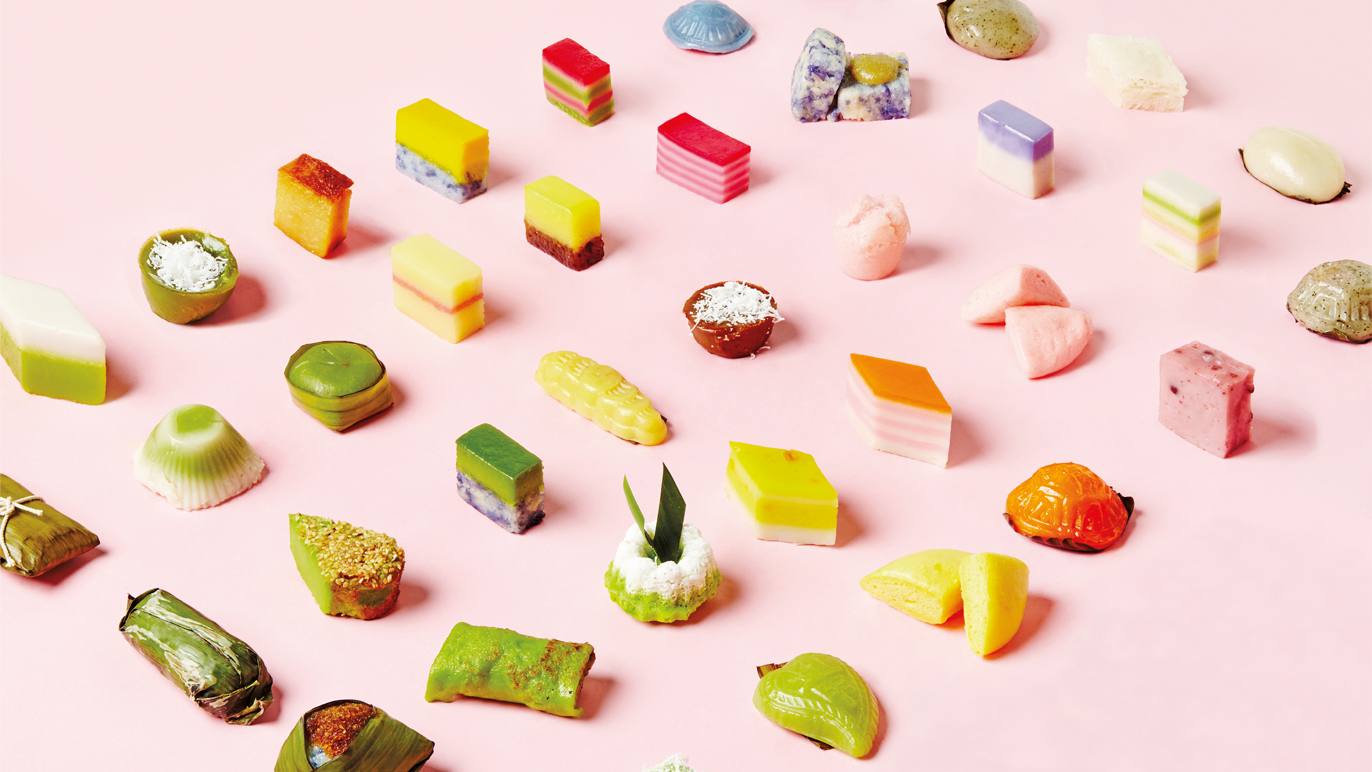It could be 4pm on a Wednesday and you’re hungry again from using all that brain power at work, or it could be a relaxing Sunday afternoon and you just woke up from a leisurely nap. Snack cravings can hit you anytime, anywhere. It’s a good thing we have so many delectable tea time snacks in Malaysia! Whether you prefer something sweet, savoury, hot and crispy, warm and comforting, or cold and refreshing, there’s sure to be something for everyone when it comes to Malaysian tea time snacks.
Teh Tarik
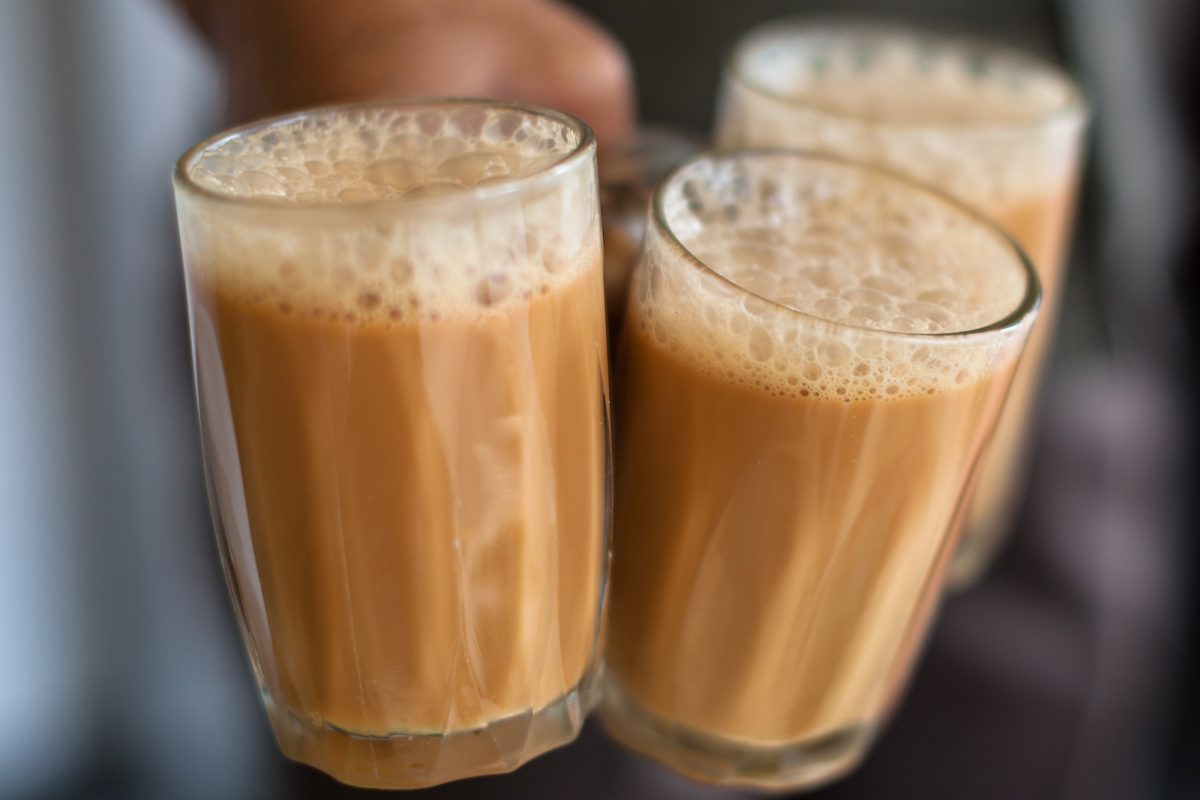
No tea time in Malaysia would be complete without a cup of hot and frothy teh tarik, or ‘pulled tea.’ The beverage gets its name from the method its made – all the ingredients are put together in a tin cup, then poured or ‘pulled’ into another tin cup as a way to aerate and combine well. The process can be a showy affair, with the tin cups moving further away resulting in a stream of hot tea seemingly flying through the air. Although delicious, teh tarik consumption needs to be controlled as there is an alarmingly large amount of condensed milk in the mix. Teh tarik goes great with almost anything.
Karipap
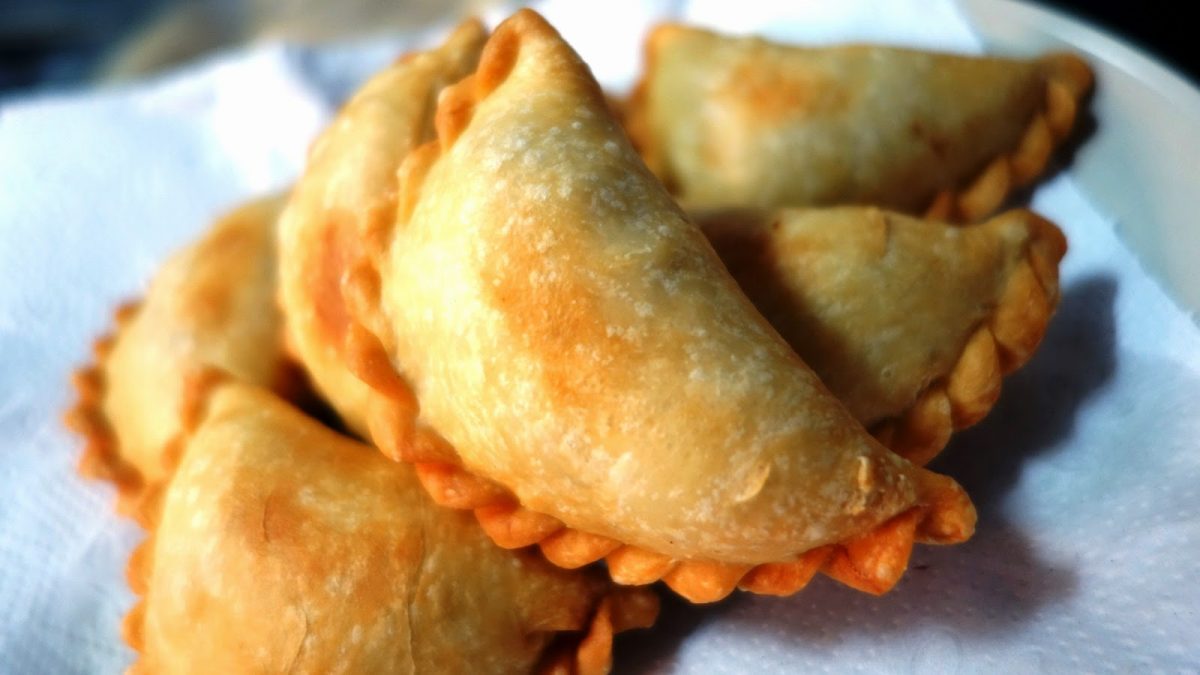
Karipap is not the same as its English translation of ‘curry puff’. While it is filled with curried goodness of potatoes, sometimes carrots, chicken bits, and hard-boiled egg or sardine, it is in no way a puff pastry. The skin or shell is made with all-purpose flour, then deep-fried to produce a slightly crispy yet doughy bite to it. Typically sold at roadside stalls, karipaps can be priced at RM0.50 each or sold in bundles of threes for RM2.00, for example. They are excellent paired with black coffee or teh tarik.
Pisang Goreng
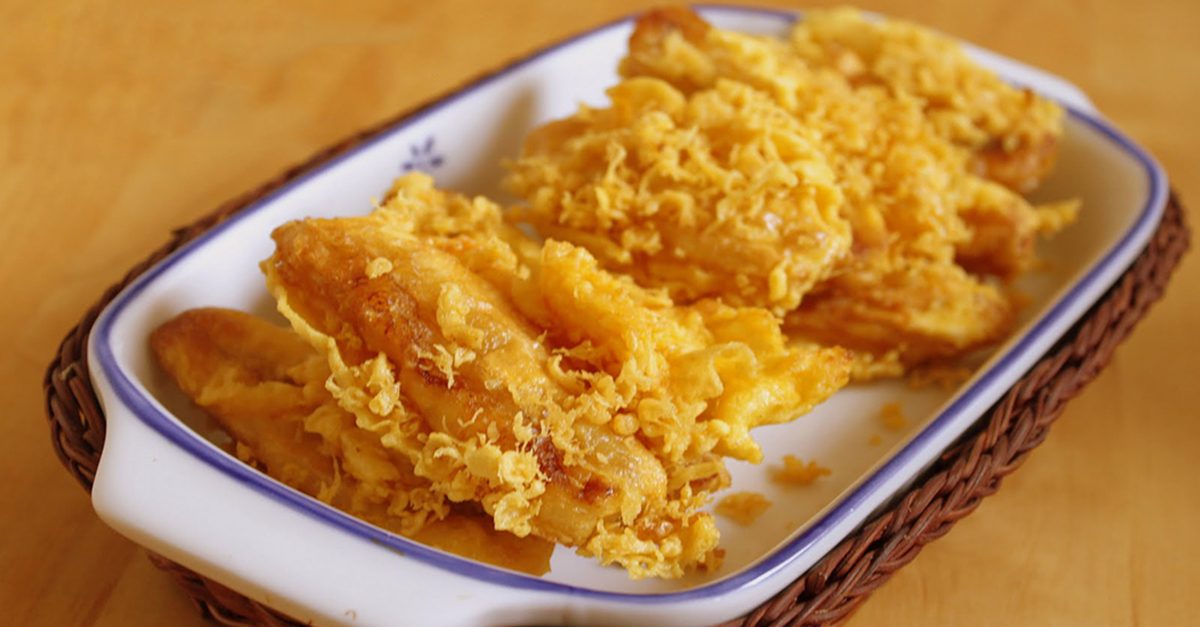
Perhaps the most common tea time snack choice, pisang goreng is battered fried bananas; or banana fritters. It is mistakenly called goreng pisang frequently, however that is grammatically incorrect in the Malay language. At a pisang goreng stall, there will typically be a variety of other fritter options.
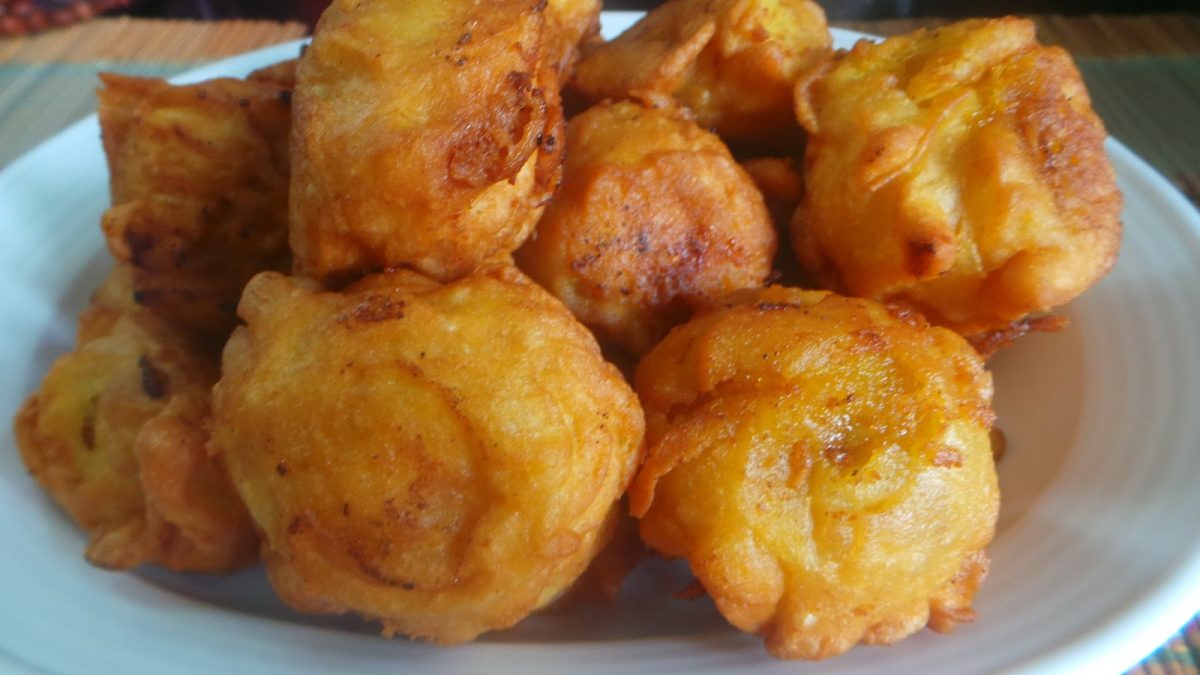
These include cempedak, sweet potato, or even durian, on special occasions. If you have the time and don’t mind the effort, these fritters would go great with a scoop of vanilla ice cream. Otherwise, a cup of coffee or – you guessed it – teh tarik works too.
Kuih Muih
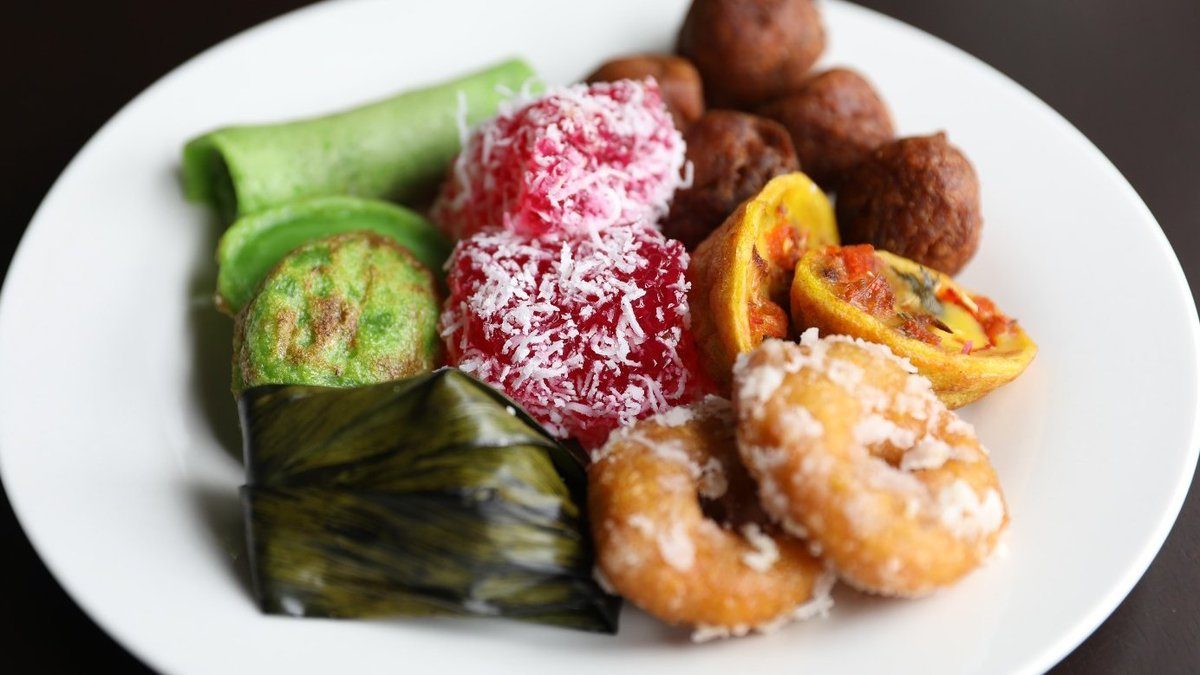
Enter the world of colourful and varied kuih muih (assorted snacks). Pictured above (clockwise, starting from 9 o’clock) is kuih bakar, green rolls of kuih tayap (or kuih dadar), pink kuih sago, cekodok (brownish banana-based balls), yellow kuih cara berlauk (or kuih bakar berlauk), kuih keria, and kuih kochi (wrapped in pandan leaves). On this plate alone, there are sweet, savoury, and even spicy treats.
Both the green kuihs are pandan-flavoured and sweet. Kuih bakar’s consistency is a cross between bread pudding and pudding, while kuih tayap is pandan flour rolls filled with coconut shreddings soaked in gula Melaka. Kuih sago contains sago of course, has a jelly-like texture and taste, and is rolled in shredded coconut once cooked. Cekodok is an alternative for when pisang goreng is not available – mashed banana and flour is combined and shaped into balls, then deep-fried. Kuih cara berlauk is the savoury version of kuih bakar, minus the pandan and sweetness. It is usually garnished with chopped chillies and fried shallots. Kuih keria looks and tastes like a donut, but with a denser texture since it’s made from mashed, boiled sweet potatoes and flour. The leaf-wrapped treat called kuih kochi is a dumpling of sorts – glutinous flour acts as a shell, while the filling is usually shredded coconut mixed with gula Melaka.
Tau Foo Fah
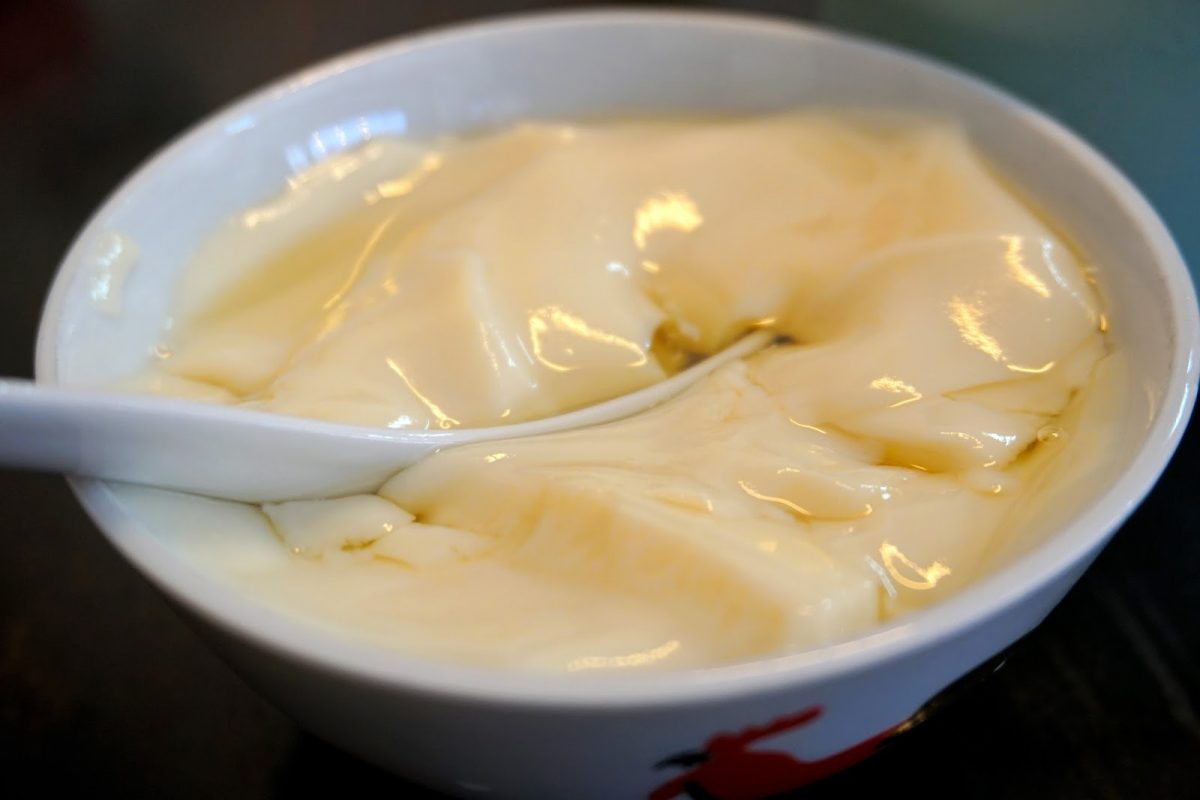
Tau foo fah is a silky soy-based dessert that can be enjoyed warm or cold. There are several variations to this – you can usually choose to have it a white or brown sugar syrup cooked with pandan or ginger, and we’ve even come across options to add a topping of red beans. The tofu should be incredibly soft and relatively bland save for the soybean flavours. You can get tau foo fah from local pasar malams (night markets), roadside stalls, or try to catch tau foo fah trucks. Usually, there will also be cincau for sale alongside the white dessert.
Rojak
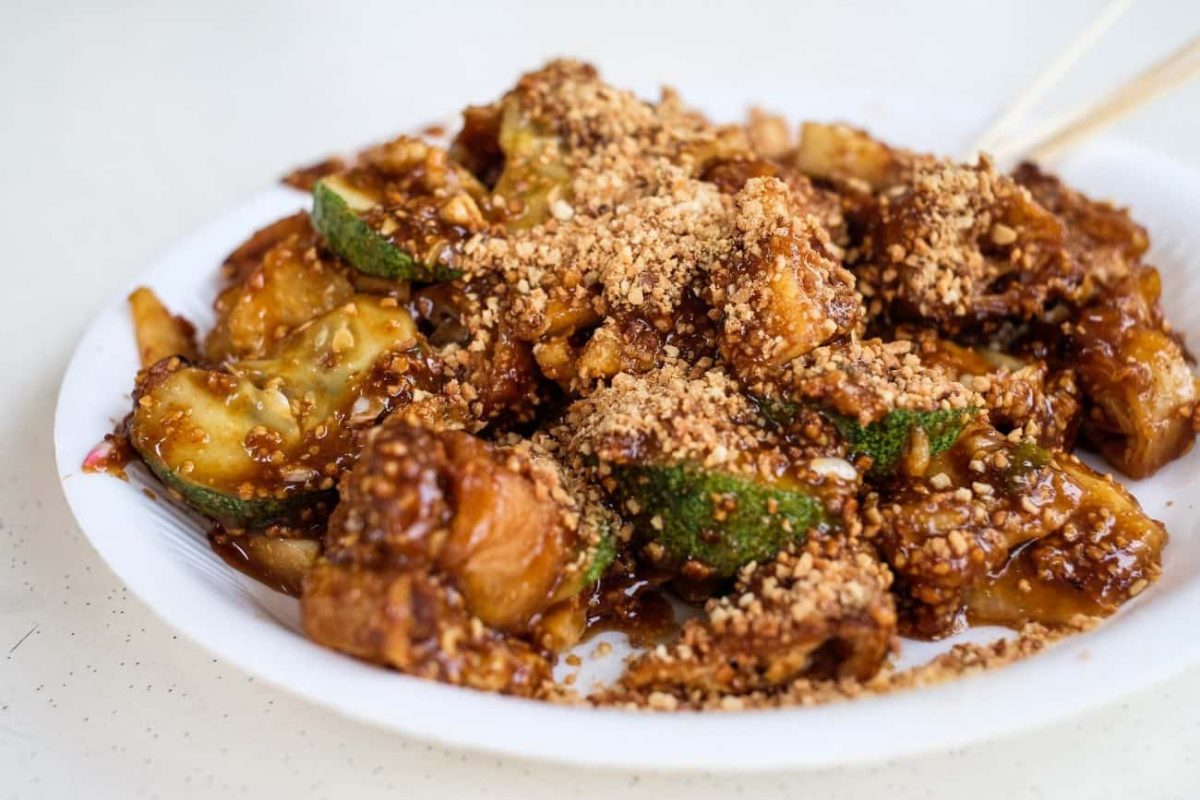
There are many varieties of rojak, but the most common one looks something like this. Cut cucumbers, sengkuang (a kind of turnip), pineapples, and prawn crackers are mixed with a black sauce that is spicy with a hint of sweetness. Finely chopped peanuts and sometimes sesame seeds are sprinkled on top as a garnish. Rojak is different depending on where you are in Malaysia. If in Terengganu for instance, their version of rojak is made from a mixture of fresh and pickled fruits, with many types of colourful flavoured salts for extra flavouring.
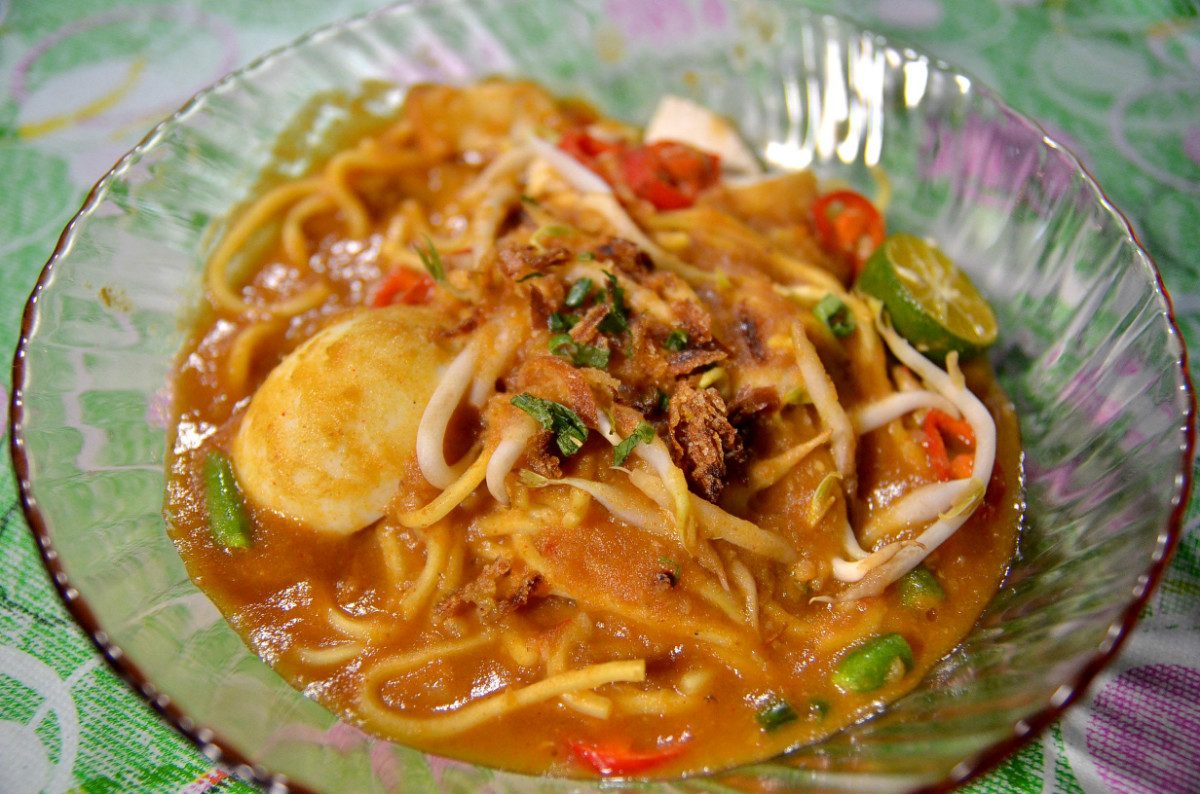
There’s also mee (noodles) rojak or pasembur rojak, which is a noodle dish, as the name suggests. This form of rojak uses a spicy peanut-based sauce that’s similar but not the same as the dipping sauce for sate. It is usually built with yellow noodles, hard-boiled eggs, prawn crackers, taufu slices, taugeh, and julienne cucumbers and sengkuang. A sliced lime is a typical garnish and nice option of adding zing to the dish. Depending on the portion, it’s usually filling enough to be a full meal and not just a snack.
Cendol
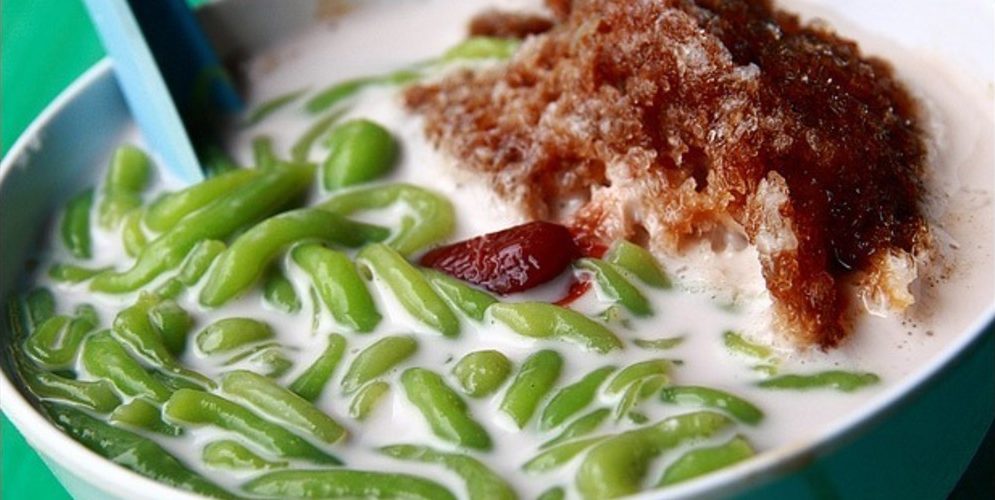
Sweet, slightly savoury, and most importantly, chilled, Cendol is a soothing tea time snack to have in our warm weather. Although the word cendol actually refers to the green pieces of rolled flour, it is the defining factor of this dessert hence the simplified overall name of ‘cendol.’ An alternative to ABC, cendol is also made with a base of shaved ice, topped with coconut milk, gula Melaka (palm sugar), cendol, and red beans. It is creamy, sweet, and addictive.
Popiah
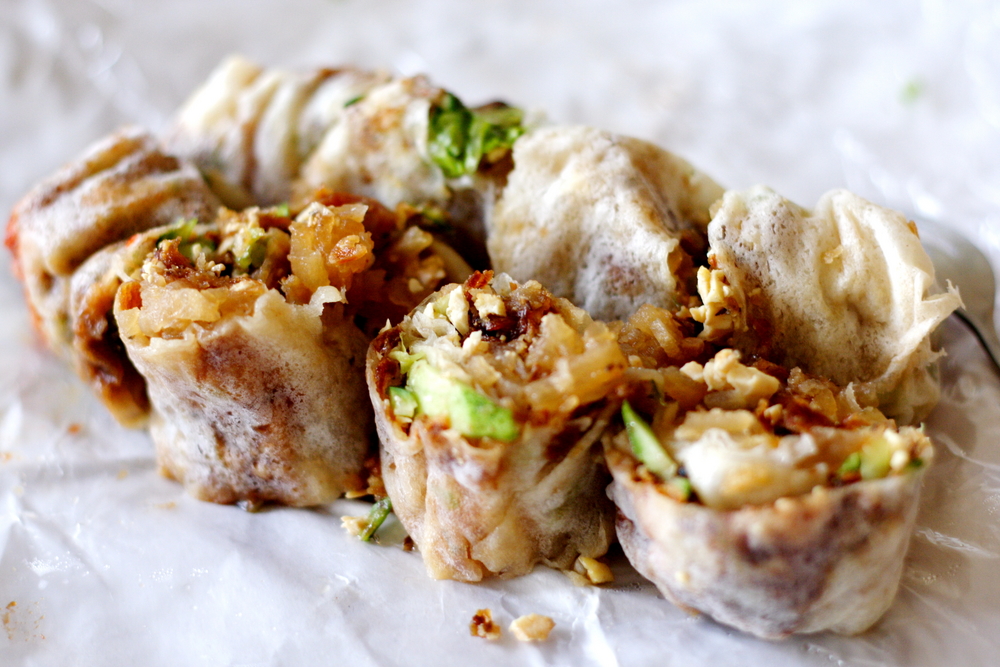
Thin sheets of flour wrappers are filled with julienned fried omelette, fresh cucumbers, stir-fried sengkuang (turnip), and sometimes cooked shrimp; then drizzled with Hoisin and chili sauce and rolled up. The result? A wholesome and somewhat healthy Asian version of a burrito. For a quick fix in the middle of town, the franchise called Sister’s Crispy Popiah is a decent option. The real deal is usually found at pasar malams though.
Apam Balik
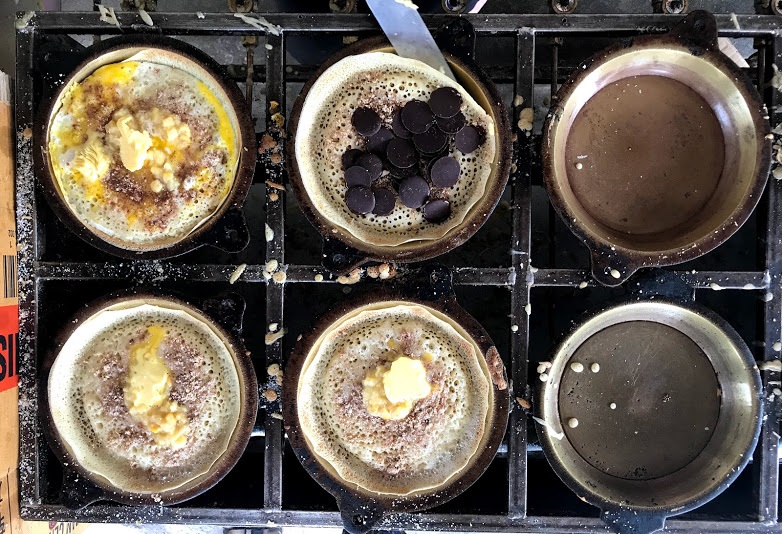
Apam balik should be enjoyed fresh of the pan. It is made from a mix of regular and rice flour, which is then pan-fried in iron moulds. Fillings include things like cream corn, crushed peanuts, peanut butter, chocolate, or even eggs, before being folded in half and served. Our innovative spirit has also led to new filling options like durian, cheese, and banana chocolate.
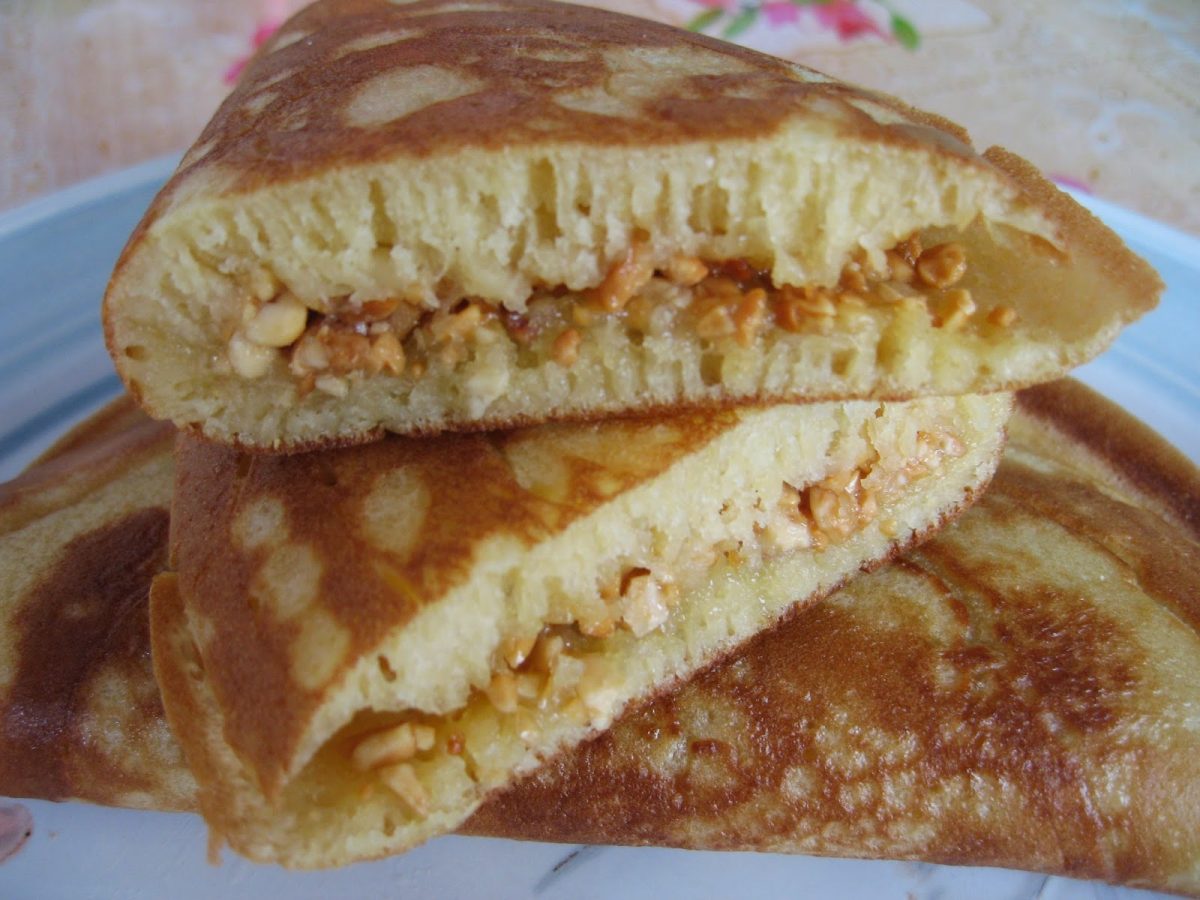
There are two types of apam balik, the thin-skinned one or this thicker, almost cake-like option. Both are delicious, and best enjoyed hot with some coffee or tea.
"ExpatGo welcomes and encourages comments, input, and divergent opinions. However, we kindly request that you use suitable language in your comments, and refrain from any sort of personal attack, hate speech, or disparaging rhetoric. Comments not in line with this are subject to removal from the site. "

